Have your students create a colorful mandala flower while simultaneously demonstrating their understanding of common homophones.
Teach Homophones with a Mandala Flower
If you’re looking for an activity to motivate and engage your students while they review their understanding of common homophones, then we have the perfect resource for you!
This set of three differentiated color-by worksheets has been designed by our experienced teacher team to help your students demonstrate their understanding of common homophones in the context of sentences. Students will create a colorful mandala flower by correctly identifying the missing homophone from the sentences provided.
To complete the mandala flower, the students must:
- Read the sentence from which a homophone has been omitted.
- Select the correct homophone from the two options provided.
- Color the spaces in the mandala flower with the color linked to the correct homophone.
Here is an example:
Sentence 3: I should have gone left, but I went _____. right (purple) / write (pink)
Because the correct answer is right, the student would color all the number 3s (the sentence number) in the mandala flower purple.
The homophones included on each worksheet are as follows:
- Worksheet 1: there/their, hole/whole, right/write, through/threw, pair/pare, meat/meet.
- Worksheet 2: steel/steal, weak/week, wood/would, road/rode, stairs/stares, site/sight.
- Worksheet 3: way/weigh, flower/flour, scent/sent, weather/whether, peace/piece, heard/herd.
This resource downloads as a black-and-white PDF or an editable Google Slides version (for those of you who might like to make a few personalized adjustments)!
This mandala flower homophones worksheet makes a great alternative to traditional methods of reviewing content. Color-by activities offer a more relaxed and enjoyable way for students to demonstrate their understanding. When students are having fun while learning, they are more likely to retain concepts for longer!
How to Extend This Homophones Activity
There’s much to be said about the educational value of content-based coloring activities in the classroom. Research indicates that the use of colors as a teaching and learning tool can stimulate student interest and motivation, especially for visual learners.
Once your students have completed one of the mandala flower worksheets provided in this resource, why not provide them with a blank copy of the pattern and challenge them to create a color-by-homophones activity of their own? Not only does this provide students with an additional opportunity to revise the spelling and meaning of common homophones, but it also allows them to express their creativity. Students can choose their own colors or even create their own designs. What a great way of giving your class a sense of ownership over their learning!
Download This Homophones Mandala Flower
Use the Download button above to access the easy-print PDF or the editable Google Slides version of this resource. (Note: You will be prompted to make a copy of the Google Slides template before accessing it).
As this resource contains answer sheets, we recommended printing one copy of the resource, removing the answer pages, then making copies as required.
This resource was created by Alessandra Pastor, a teacher in North Carolina and a Teach Starter collaborator.
More Teacher-Made Homophones Activities
Looking for more great resources to make your homophones planning a breeze? Click below to explore more curriculum-aligned, teacher-created resources!
[resource:2656338] [resource:4997689] [resource:2656302]


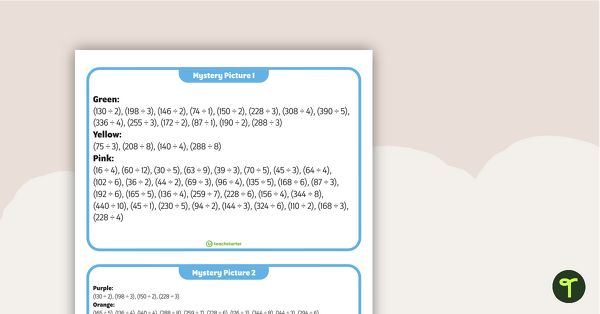
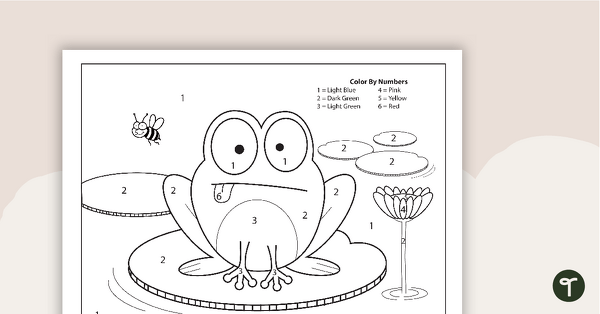
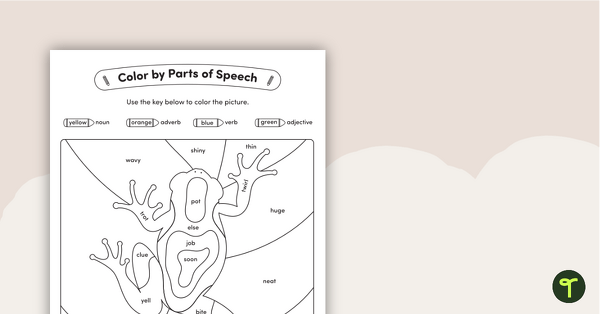


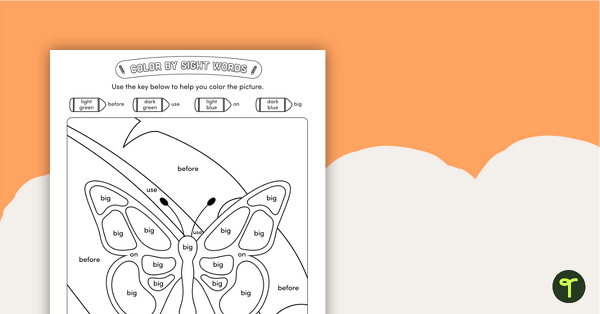

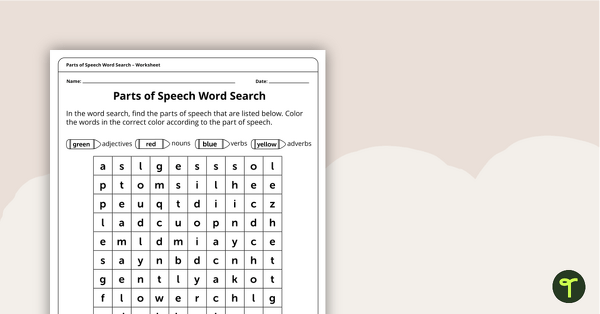


0 Comments
Write a review to help other teachers and parents like yourself. If you'd like to request a change to this resource, or report an error, select the corresponding tab above.